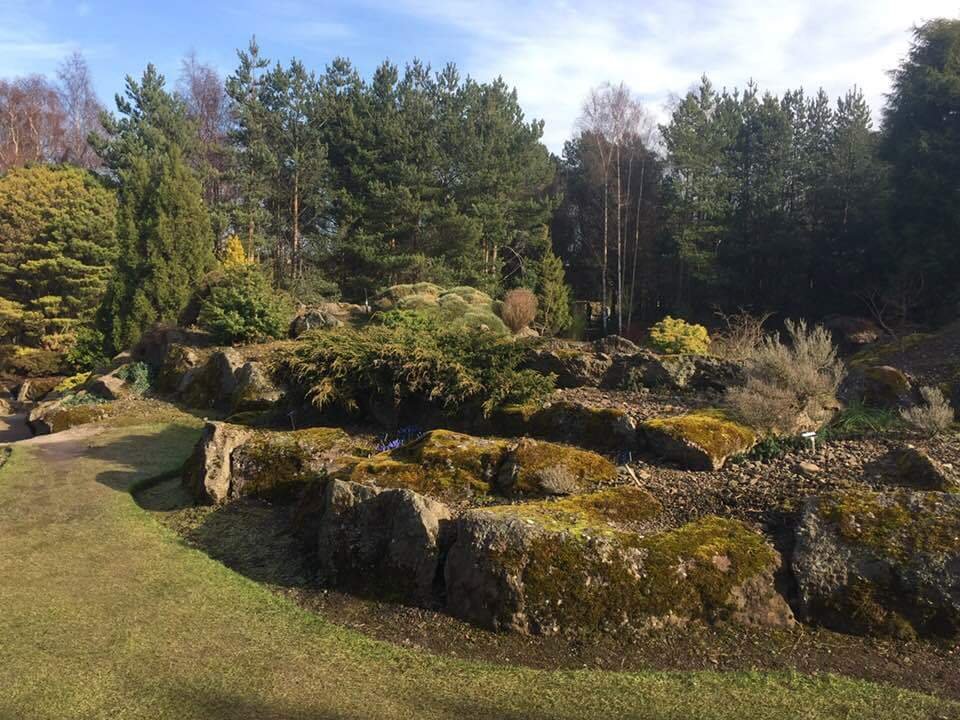If you have read any of my Six on Saturday blogs you will be aware that I feature Sempervivums a lot in the blog.
Sempervivums are extremely hardy succulents that can withstand temperatures in the winter of up to -28 degrees C. They are mostly found on Southern European Mountain Ranges, Turkey, Armenia and Northern Africa. They grow mostly on sandy, gritty crevices so do not like to have wet feet. If a Sempervivum does it will because the soil mix has little to no drainage and is planted into ordinary garden compost. This is why if you buy Sempervivums the most important thing to do is to remove the plant from the plastic pot let the roots dry out for a couple of days and replant in a sandy, gritty mix.
Sempervivums are groups of rosettes with all the characteristics of a succulent plant. In the late spring/summer individual mature rosettes will produce a beautiful flower stalk with flowers that will attract pollinators of all sorts. Unfortunately if a rosette does flower this is know as a death bloom. However before they do produce the death bloom they will produce offsets of new baby rosettes (chicks) and this means the plant will live on. This is why they are also known as Hen and Chickens. The name Sempervivum originates from Latin, semper (always) and vivus (living) this means that sometimes they are called Everliving..
In the winter most sempervivums will die back to the centre of the rosette. They allow the outer leaves to rot so the centre survives. As you can see from the below photo of a variety called Lavender and Old Lace at the end of winter they can look crusty.

You can see that the centre of the rosette is alive and healthy but the out leaves have died during the winter. I usually remove the dead leaves at this time of year. In about 8 weeks time this plant will look totally different and I will post a photo of the difference in my Six on Saturday blog.
Below I have added some pictures of some of the highlights from my collection at the moment.
S. Michael

I had to get this one as my late dad was called Michael.
S. Irazu

A beautiful combination of light burgundy and lime green rosettes.
S. Limelight

Looks like it’s name. No description needed.
S. Orange Glow

Again no description needed.
S. Honigmond

This one does not look like it’s pictures on the internet the leaves are a little bit more compact and lower like a saucer. It will be interesting f to see how this turns out.
S. Eyjafjalla

Named after the Icelandic Volcano that brought large scale of parts of European airspace to a standstill this is the most spectacular one I have at the moment. The green colour is wonderful.
S. Tip Top

A prolific producer of rosettes.
That’s it for now look out for future Sempervivum posts in the future.
Thanks for reading.

The volcano one is the winner. Stunning colour markings
LikeLiked by 1 person
Duddleyas use similar techniques to survive both in deserts and on exposed coastal cliffs. They tend to let their outer foliage die back by late summer, just because that is when the weather is the driest. They come back in spring. They are generally fleshier than Sempervivums, and most have elongated leaves, but in some ways, are rather similar.
LikeLiked by 1 person